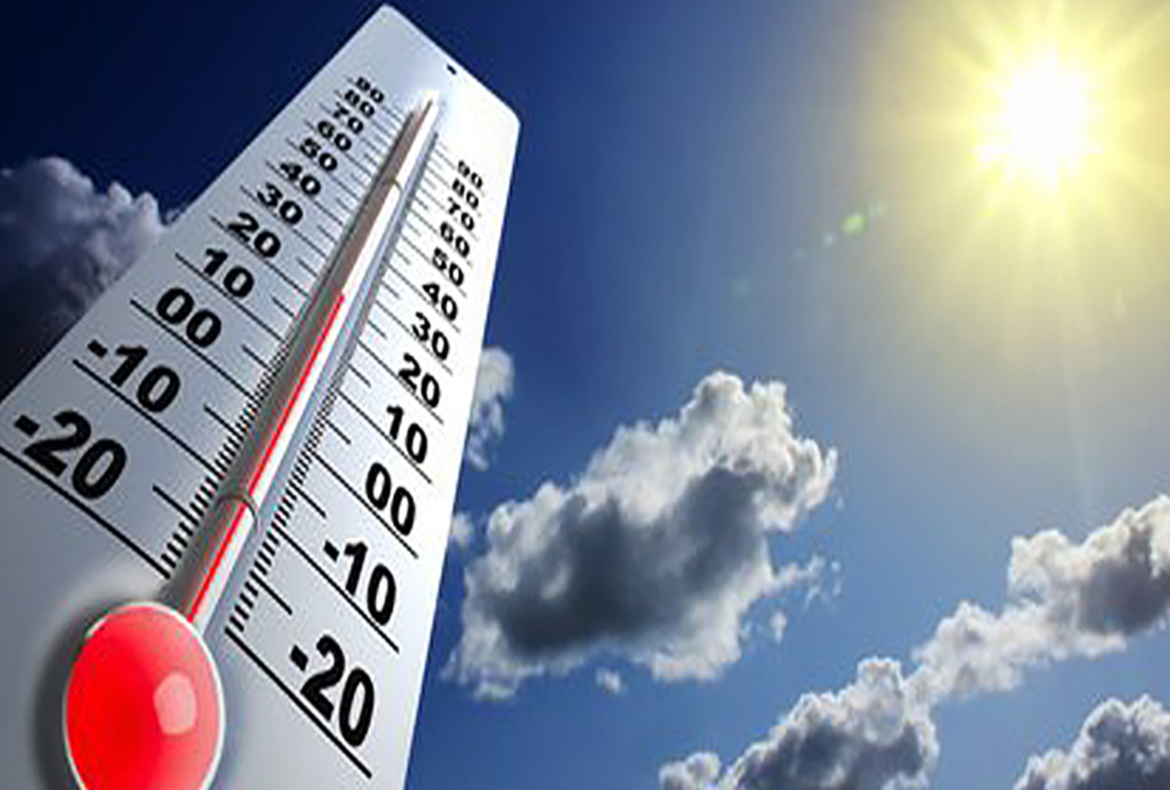Cities and towns form heat islands in the landscape, which must be corrected urgently.
How to “cool” cities?
Urban heatwaves will become larger, more prolonged and unmanageable if smart and innovative measures are not taken now.
What to do ?
There is a need to increase the number of green spaces comprising green areas, shaded areas and accessible water points for inhabitants and urban residents.
Very hot summers record increased mortality rates, mainly due to cardiovascular pathologies more frequent in urban areas than in rural areas.
- The built surfaces absorb the sun’s rays or reflect them on neighboring buildings by a mirror effect.
- The winds that bring a little freshness circulate poorly in urban areas, due to the density of real estate constructions.
- Thermal emissions from industry, crafts, car traffic and residents together cause warmer air in the city than in the countryside. For example, the study carried out in Switzerland shows that the temperature measured in the city of Zürich is 6 to 8oC higher than that of peripheral rural areas.
- In the shade of a tree, the daytime temperature can be up to 10oC cooler than in a space without shade. The tree that provides shade serves as a “passive air conditioner”, beneficial to the urban population.
- An effective measure would be to plant trees in busy urban areas. Large, secular trees (local variety, autochthonous) with a voluminous crown are ideal. However, you should know that, in cities, their life expectancy is limited for 3 reasons: its roots have a limited place, the water supply is very often insufficient, the air is polluted. These stresses are added to climate change, which requires reflection on the right choice of species capable of withstanding both heat and drought.
- The concept of sponge city should be favored for the management of green spaces which have great water needs:
- The rainwater, instead of being evacuated via the sewers, the water which runs off roofs, roads and concrete or asphalt spaces must now be stored in large underground cisterns or accumulation basins to be subsequently rationally used by pumping to green areas that need it during heat waves.
- Green roofs also help slow the flow of rainwater. 50 to 70% of the annual precipitation returns by evaporation into the atmosphere, which reduces the temperature of the rooms in the attic by 3 to 5oC in summer.
- The green facades are beneficial at street level, that is to say for passers-by.
- Light surfaces reflect light and therefore heat less than dark surfaces, which has sparked in climate debates the idea of painting the roofs of houses around the world white. This approach is not very realistic but at least has the advantage of demonstrating that innovative studies may one day lead to impactful, valid solutions.
- The energy renovation of buildings and the thermal insulation of all constructions must become an inescapable rule.
- Variations in temperature and sunlight are not tolerated in the same way by everyone. Homeopathy, the medicine of individualization, can help to tolerate extreme sun and heat better, for example:
- Argentum nitricum: for those who hate heat and are even anxious with anticipation.
- Fluoricum acidum: for the hyperactive, beaten down by heat, those who perspire profusely acrid sweats.
- Antimonium crudum: for those who feel bad as soon as the sun shoots out its rays.
- Lachesis: for those who run away from the sun because they suffer from circulatory disorders.
People who dedicate themselves to underprivileged people (homeless, street people, slum populations) face even more complex humanitarian challenges:
Where there is no toilet, water tap, shower, shutter and where you sometimes have to walk 10-15 minutes to fetch water in a park …
The heat wave increases, multiplies and aggravates human health problems, individual and collective, complicating the application of the usual health recommendations.
We are not equal in the face of the heat wave! Certain human groups, on the fringes of modern consumerist society, suffer severely from the thermal attacks of heatwaves which are difficult to mitigate.
The solution can only come from social solidarity, from humanitarian action that takes this entire population into account and respectfully considers suffering human beings.



Give a Reply
You must be logged in to post a comment.